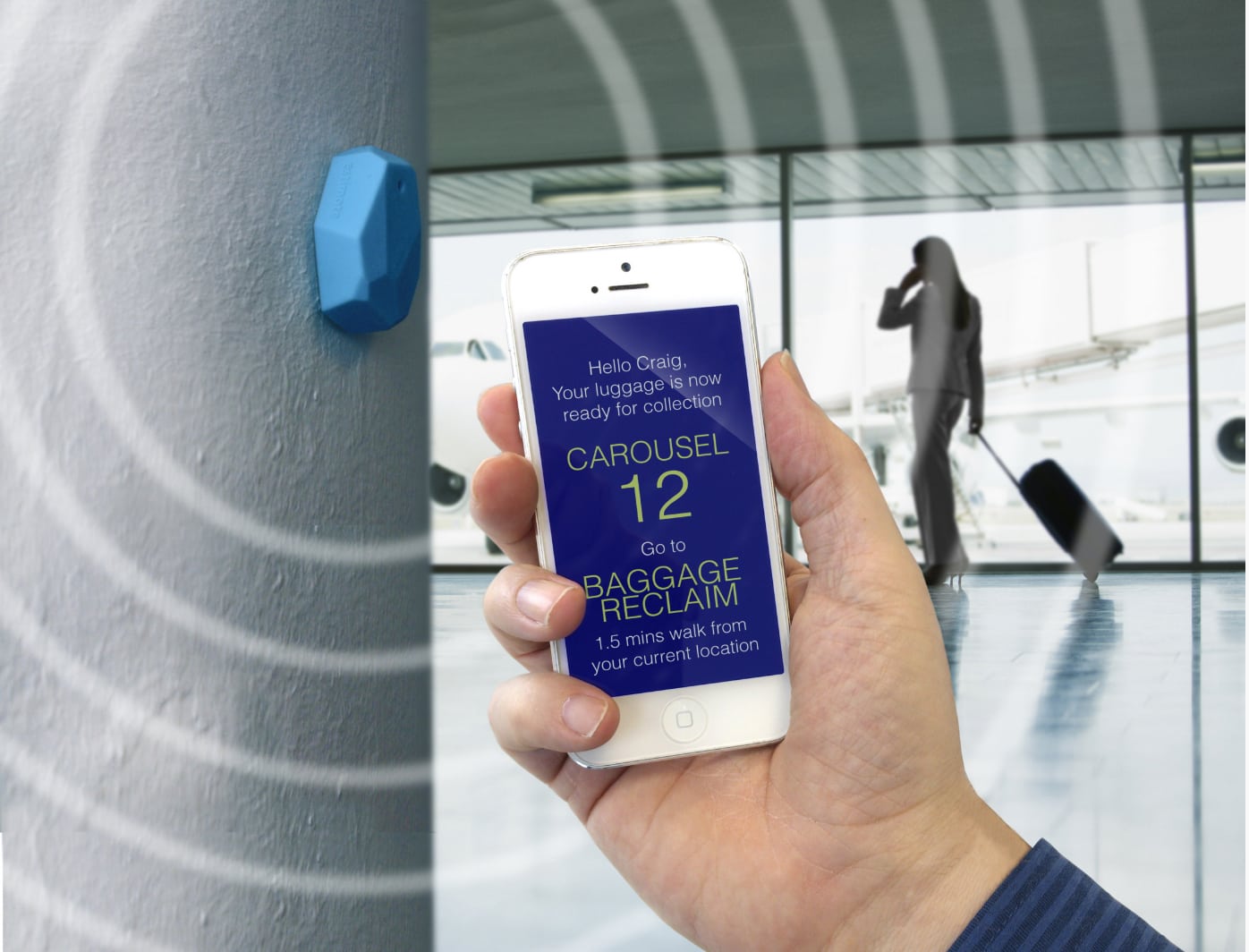The Airport of the Future Is Coming, But It's Still Not Here

Skift Take
No one would accuse airlines of being early adopters, but some carriers are finally starting to realize the Internet of Things is here to stay.
More airlines are dropping their resistance to participating in the Internet of Things and plan to invest in new technologies to improve the passenger experience, a new survey of executives found.
Today, fewer than a third of airlines have embarked on major Internet of Things projects, according to a recent survey by SITA, a European firm that provides technology solutions for the industry. And many of them are not using new technologies on passengers, but rather on strategies to help maximize fuel efficiency and to maintain their aircraft.
But that's starting to change.
Technology executives at more than 50 carriers of all sizes and models told SITA they are more seriously evaluating Internet of Things solutions that benefit passengers. Interestingly, Chinese carriers are particularly intrigued by the Internet of Things, with 80 percent of the country's carriers telling SITA they were planning a major project
